The Taiwanese tea industry began to develop in the 17th century when the Dutch imported tea leaves from Fujian and Xiamen to Taiwan, and then re-exported them to places like India and Jakarta. In the early 18th century, the earliest records of tea production in Taiwan emerged, utilizing wild tea trees for processing, primarily for domestic consumption. In the early 19th century, Fujianese merchant Jiang Lianhou introduced tea trees, rapidly expanding cultivation in the Wenshan area of Taipei. According to the “General History of Taiwan,” tea produced during that time was already being sold to Fuzhou, although there were no formal trade records. It wasn`t until the opening of trade at Danshui Port in the mid-19th century that there were official export records for Taiwanese tea. However, Taiwanese tea at that time was mostly rough tea, which needed to be transported to Fujian and Xiamen for further processing into refined tea before re-export. It was only when the British John Dodd established a refined tea factory in Mengjia (modern-day Wanhua District) and hired Chinese tea masters from Fuzhou that Taiwan began to produce refined tea on its own. The following year, the “Formosa Oolong Tea” exported from Taiwan became popular in the United States, opening up the European and American markets for Taiwanese tea.
In the late 19th century, due to oversupply of oolong tea internationally, the cost of Taiwanese oolong tea became too high, leading foreign trading companies to cease purchasing. Taiwanese tea merchants then began transporting tea leaves to Fujian for processing into scented tea, known as “fragrant strips,” or “baozhong tea.” Subsequently, a Fujianese man named Wu Fu-lao opened the “Yuan Long” tea factory in Taipei, specializing in the export of baozhong tea, thus opening up the Southeast Asian market for Taiwanese tea. Baozhong tea gradually replaced oolong tea as the main export of Taiwanese tea leaves. At the end of the 19th century, Liu Ming-chuan, the then governor of Taiwan, established the association “Cha Jiao Yong He Xing” to maintain market order, control tea quality, and improve technology. This marked the first government intervention in Taiwan`s tea industry.
During the Japanese colonial period in Taiwan, the establishment of various experimental stations marked the beginning of scientific research into tea leaf manufacturing and tea tree cultivation. The Taiwanese tea industry began to be modernized through improvements in tea processing, varieties, cultivation techniques, and the introduction of tea processing machinery, establishment of export tea inspection systems, and tea leaf training institutes, all of which contributed to further enhancing the quality of Taiwanese tea. Concurrently, efforts were made to vigorously develop Taiwanese black tea.
In the 1930s during the Great Depression, the consumption of oolong tea plummeted, leading to Taiwanese black tea almost completely replacing Taiwanese oolong tea in the British and American markets. After the Nationalist government took over Taiwan, it continued the Japanese policy of actively promoting tea production. Shanghai tea merchants who migrated to Taiwan with the Nationalist government further boosted the development of pearl tea and eyebrow tea, becoming the new mainstays of Taiwan`s tea exports.
In the mid-20th century, as Japan`s economy soared, it began importing large quantities of Taiwanese roasted tea to compensate for its insufficient domestic production, leading to Taiwanese green tea exports surpassing black tea.
In the 1970s, as wages in Taiwan increased, the competitiveness of Taiwanese tea in the international market declined, leading to a gradual decrease in export volume. However, as Japan began to popularize the consumption of partially fermented teas, the export quantities of baozhong tea and oolong tea to Japan gradually increased, becoming the new favorites of Taiwanese tea exports.
In the 1980s, canned tea drinks and bubble tea shops emerged, sparking a trend of tea consumption domestically and driving rapid growth in tea imports. Today, Taiwan exports approximately 30,000 metric tons of tea annually.
Taiwanese tea is currently one of the finest Oriental tea-producing regions in the world, and also offers the best value. Taiwan boasts a rich diversity of tea tree varieties and benefits from an exceptional natural environment for cultivation. Over the past two centuries, Taiwanese tea production has evolved with advancements in tea processing techniques. Currently, there are over six hundred recorded tea tree varieties in Taiwan, each with distinct characteristics influenced by different climates and soil conditions in various regions. In Taiwan, we use the term “terroir” to refer to the origin of tea, similar to how the concept applies to grape-growing regions in Western wine culture, emphasizing the unique characteristics of the origin. The natural conditions of tea gardens, including soil, air, sunlight, and water, collectively nurture the growth of tea trees and imbue the tea leaves with unique flavors and characteristics.
The greatest characteristic of Taiwanese oolong tea is that each variety of tea tree possesses its own unique aroma. Based on the shape of the tea leaves, Taiwanese oolong tea can generally be categorized into six types. Qingxin Oolong: features a floral aroma reminiscent of orchids; Jinxuan Oolong: carries a scent reminiscent of milk candy; Shanlinxi Oolong: known for its particularly rich and robust flavor, it`s the most distinctive type of Taiwanese oolong tea. Lishan Oolong: compared to Shanlinxi Oolong, it offers a relatively milder taste, making it a suitable choice for those new to tasting Taiwanese tea. Different processing methods result in different flavors of Taiwanese tea. Baking produces a smooth mouthfeel, while fermentation yields aromas of fruit and honey. Tea leaves rolled into ball shapes emphasize the throat sensation, while those twisted into loose or strip forms showcase aroma expressions.





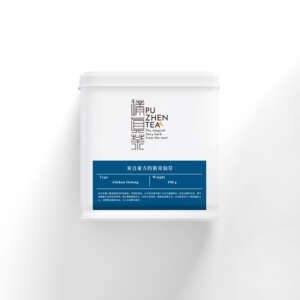
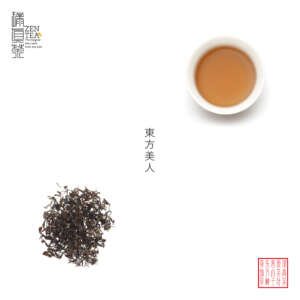




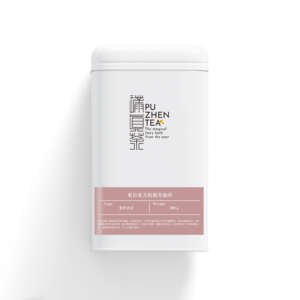

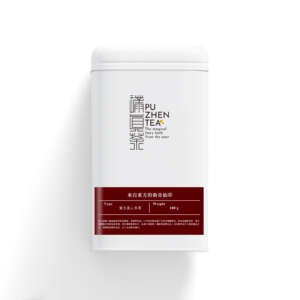


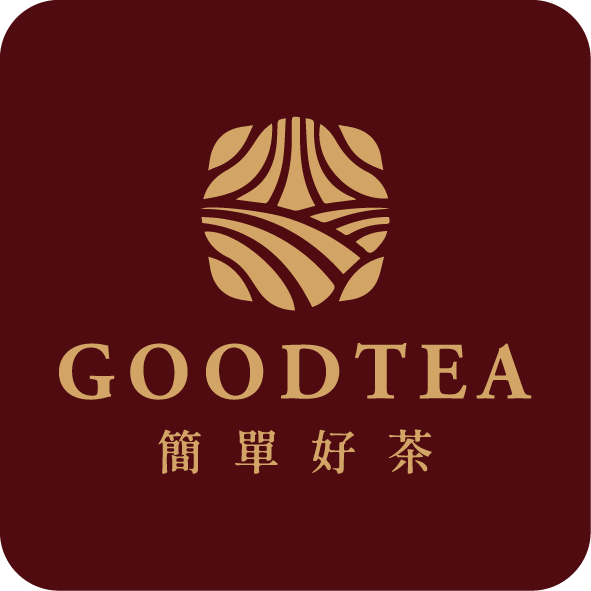
Reviews
There are no reviews yet.